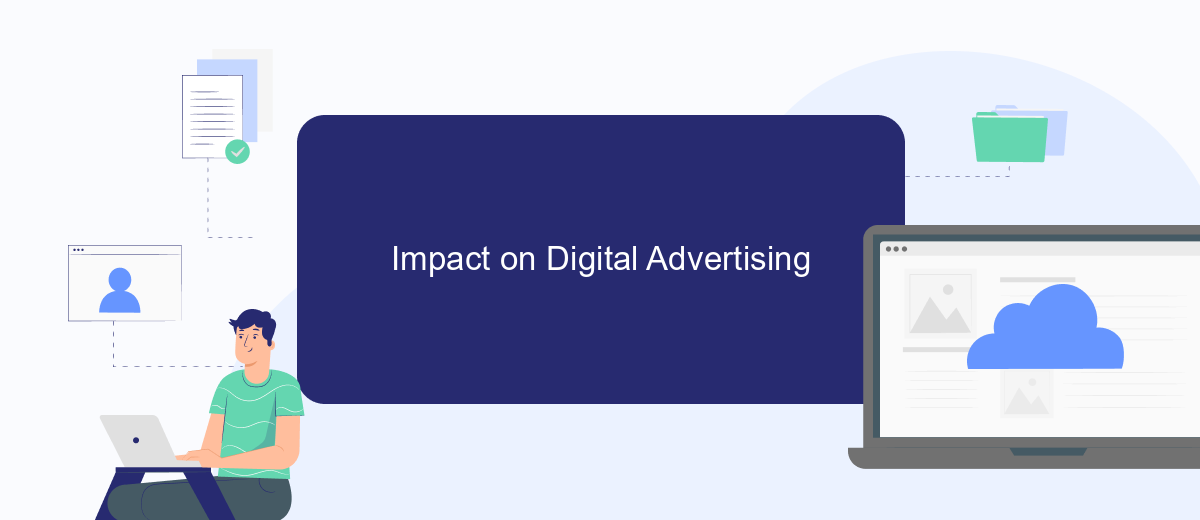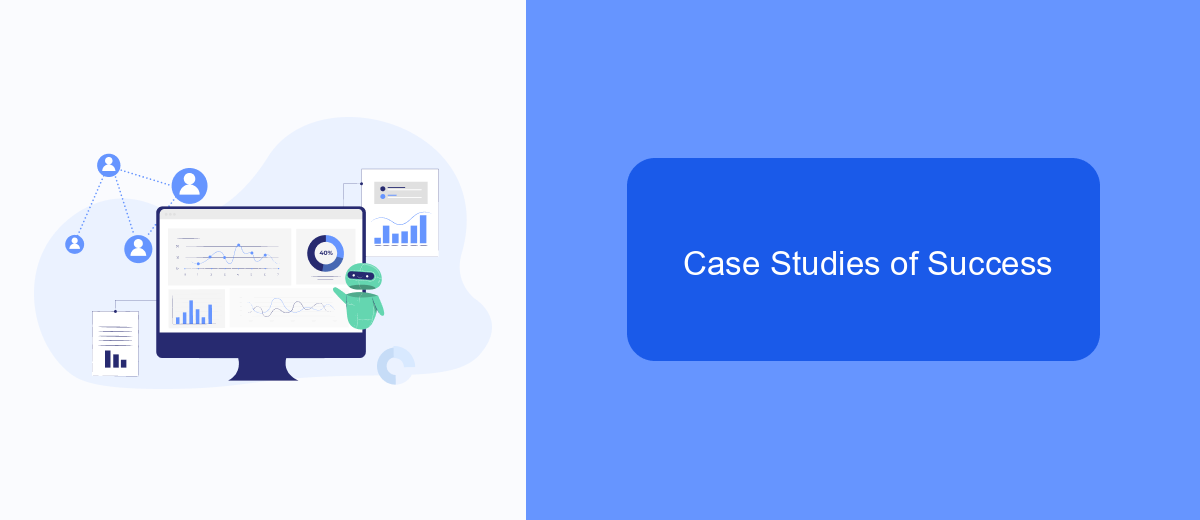Meta Ads, formerly known as Facebook Ads, has evolved significantly since its inception. Initially launched as a simple platform for businesses to reach users, it has grown into a sophisticated advertising ecosystem. This article delves into the history of Meta Ads, exploring key milestones, technological advancements, and the impact it has had on digital marketing over the years.
Meta Ads History Timeline
The history of Meta Ads, formerly known as Facebook Ads, is a journey of continuous innovation and adaptation. Since its inception, the platform has undergone significant transformations to better serve advertisers and users alike.
- 2007: Launch of Facebook Ads, allowing businesses to target users based on their interests and demographics.
- 2012: Introduction of mobile ads, expanding the reach to users on smartphones and tablets.
- 2016: Launch of Dynamic Ads, enabling advertisers to automatically promote relevant products to users.
- 2018: Introduction of Stories Ads, providing a new format for engaging, full-screen advertisements.
- 2021: Rebranding to Meta Ads, reflecting the company's broader focus on the metaverse.
Throughout its evolution, Meta Ads has continually adapted to the changing digital landscape, incorporating new technologies and responding to user feedback. This timeline highlights key milestones that have shaped the platform into a powerful tool for digital marketing.
Key Evolution and Milestones

Meta Ads has undergone significant evolution since its inception, marked by key milestones that have shaped its current state. Initially launched as Facebook Ads in 2007, the platform provided businesses with the ability to target users based on their interests and demographics. Over the years, it has expanded its capabilities, introducing advanced targeting options, ad formats, and measurement tools, making it a robust advertising solution for businesses of all sizes. The rebranding to Meta Ads in 2021 further emphasized the company's shift towards a broader vision encompassing the metaverse and beyond.
One of the pivotal developments in Meta Ads' history is the integration with third-party services, enhancing its functionality and user experience. Services like SaveMyLeads have played a crucial role in this evolution by automating lead data transfer from Meta Ads to various CRM and marketing tools. This integration simplifies the process for advertisers, allowing them to manage their leads more efficiently and focus on optimizing their ad campaigns. As Meta Ads continues to evolve, these integrations will remain essential in providing seamless and effective advertising solutions.
Impact on Digital Advertising

The emergence of Meta Ads has significantly reshaped the landscape of digital advertising. By leveraging advanced targeting options and a vast user base, Meta has enabled businesses to reach their desired audiences with unprecedented precision. This transformation has not only increased the effectiveness of ad campaigns but also provided valuable insights into consumer behavior, thereby enhancing overall marketing strategies.
- Enhanced Targeting: Meta Ads offer advanced algorithms that allow advertisers to target specific demographics, interests, and behaviors.
- Increased Engagement: Interactive ad formats such as Stories and Reels have led to higher user engagement rates.
- Data-Driven Decisions: Access to detailed analytics has empowered businesses to make informed decisions and optimize their ad spend.
- Cost Efficiency: The auction-based system ensures that advertisers get the best possible return on investment.
- Global Reach: Meta's extensive user base provides a platform for businesses to reach potential customers worldwide.
In conclusion, Meta Ads have revolutionized digital advertising by offering tools that enhance targeting, engagement, and cost-efficiency. As the digital landscape continues to evolve, Meta's innovations in advertising technology will likely remain a cornerstone for businesses seeking to maximize their online presence and marketing impact.
Case Studies of Success

Meta Ads has revolutionized the advertising landscape for countless businesses, providing them with unprecedented reach and engagement. One notable example is a small e-commerce brand that leveraged Meta Ads to increase its online sales by 200% within just three months. By targeting specific demographics and utilizing retargeting strategies, the brand saw a significant boost in customer conversion rates.
Another success story comes from a local restaurant chain that used Meta Ads to promote its new menu items. With a well-crafted ad campaign, the restaurant experienced a 50% increase in reservations and a substantial rise in social media followers. The campaign's success was attributed to engaging visuals and precise audience targeting.
- A fitness app saw a 300% increase in downloads after a targeted Meta Ads campaign.
- An online course provider doubled its enrollment rates through effective ad placements.
- A fashion retailer achieved a 40% increase in website traffic using dynamic ads.
These case studies illustrate the powerful impact Meta Ads can have on businesses of all sizes. By harnessing the platform's advanced targeting and analytical tools, companies can achieve remarkable growth and connect with their ideal audience more effectively.
- Automate the work with leads from the Facebook advertising account
- Empower with integrations and instant transfer of leads
- Don't spend money on developers or integrators
- Save time by automating routine tasks
Future Prospects and Predictions
As we look to the future, Meta Ads is poised to leverage advancements in artificial intelligence and machine learning to deliver even more personalized and effective advertising experiences. With the increasing amount of data available, these technologies will enable advertisers to target audiences with unprecedented precision, ensuring that ads are not only relevant but also engaging. This evolution will likely see Meta Ads becoming an even more integral part of digital marketing strategies, providing businesses with the tools they need to maximize their reach and ROI.
Furthermore, the integration of various marketing tools and platforms will become increasingly seamless. Services like SaveMyLeads will play a crucial role in this ecosystem by automating the transfer of leads from Meta Ads to CRM systems, email marketing platforms, and other essential business tools. This will not only streamline operations but also enhance the ability of businesses to respond to leads quickly and efficiently, thereby improving conversion rates and customer satisfaction. As a result, the future of Meta Ads looks bright, with continuous innovations driving growth and success for advertisers worldwide.
FAQ
What is Meta Ads History?
How can I access my Meta Ads History?
Why should I review my Meta Ads History?
Can I automate the process of reviewing and analyzing my Meta Ads History?
What kind of data can I expect to find in Meta Ads History?
What do you do with the data you get from Facebook lead forms? Do you send them to the manager, add them to mailing services, transfer them to the CRM system, use them to implement feedback? Automate all of these processes with the SaveMyLeads online connector. Create integrations so that new Facebook leads are automatically transferred to instant messengers, mailing services, task managers and other tools. Save yourself and your company's employees from routine work.

